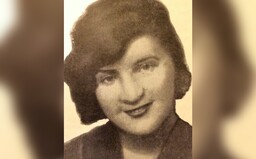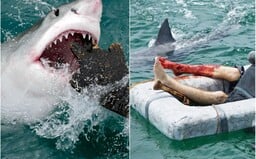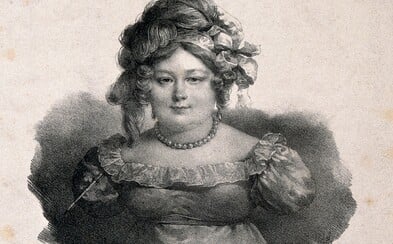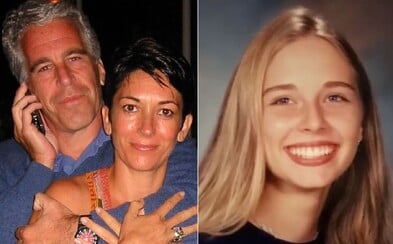 Latex model Natália: It turns me on to be a live f*ck doll. I can turn into a completely different person
Latex model Natália: It turns me on to be a live f*ck doll. I can turn into a completely different person
Latex model Natália: It turns me on to be a live f*ck doll. I can turn into a completely different person
Latex model Natália: It turns me on to be a live f*ck doll. I can turn into a completely different person
Robert Hansen a.k.a. Butcher Baker: Hunting on Women While His Wife and Kids Had No Idea
He released some of the women he raped, just so he could hunt on them with his rifle.
If problems persis, please contact administrator.
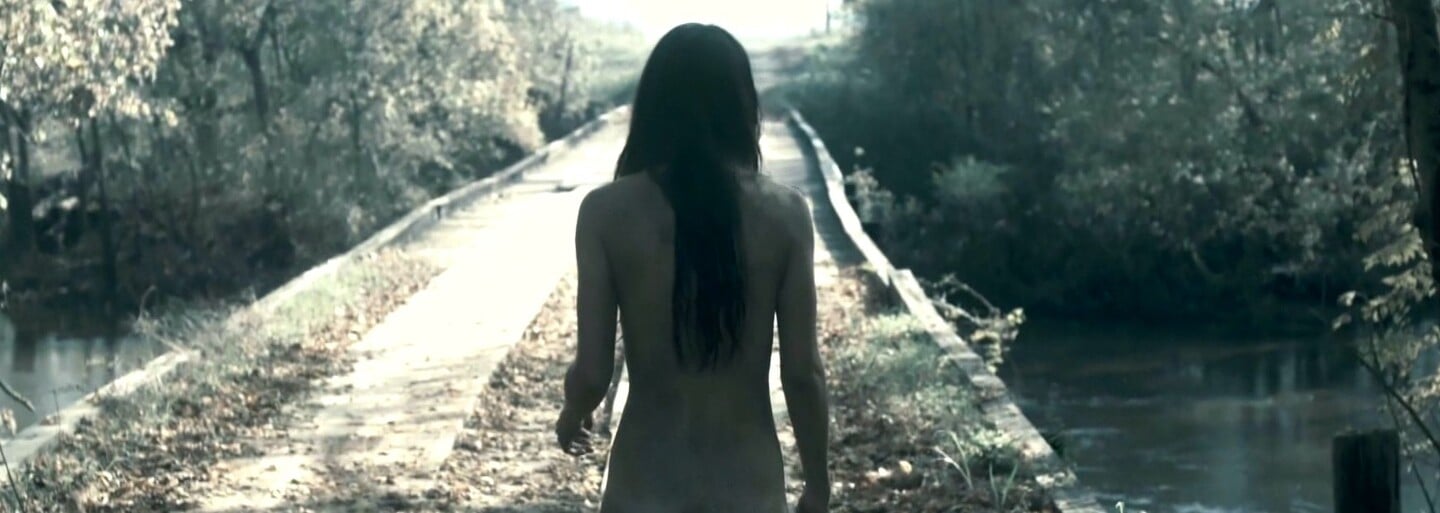
Father, husband, popular local baker, and serial killer. Robert Hansen aimed at strippers and sex workers who came to Alaska to make money. He took them to remote places near his shack, by car or plane. The women had very little chance of escaping from there.
Between 1971 and 1983, he had sexually abused more than 30 women and confessed to 17 murders. The killer was also recently inspired by the Dexter - New Blood series, with a con character called Runaway Killer. However, he differs from the real killer in many ways.
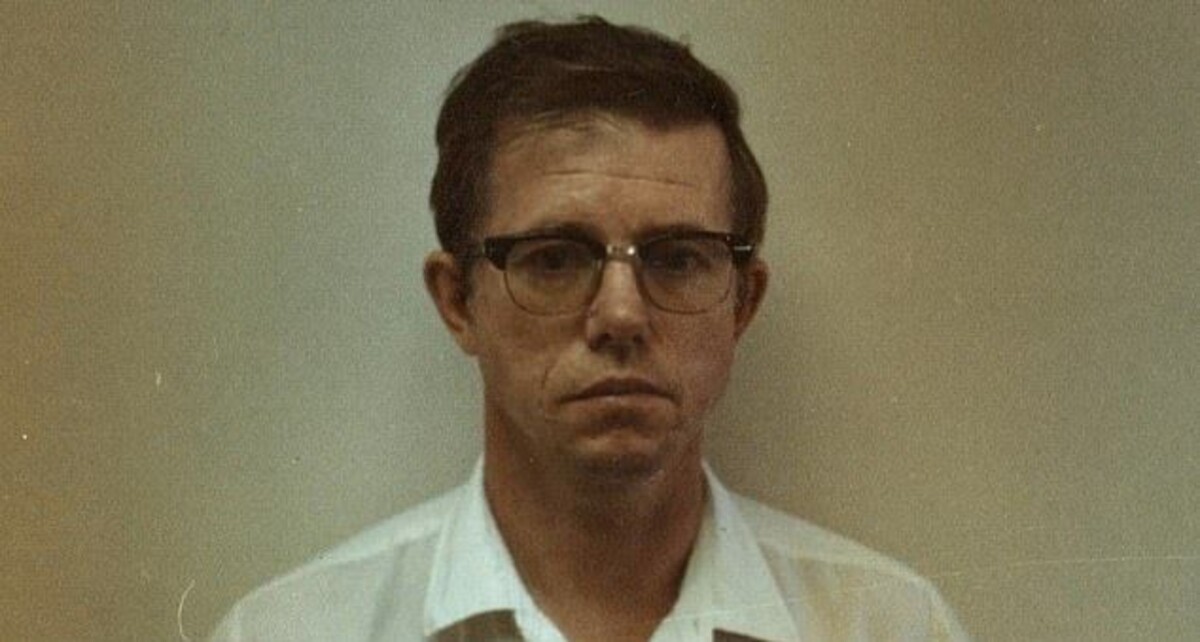
Run, I'll get you anyway
She was practically naked. Robert demanded her not to tell anyone about the torture and rape he had put her through, or else he'd come to get her again. She nodded, having no choice but to pretend to submit to him. He then sent the young woman away.
She was making her way through the dense forests she was completely unfamiliar with, not knowing where to go. Robert Hansen gave her the lead. Sometimes it was an hour, other times more or less. He then loaded his weapon, sharpened his knife, and set out on the hunt he enjoyed so much. He was hooked on the feeling that he had become a dreaded predator and that the women who had hurt him at a young age would only be able to beg for his mercy. A hint of a smile appeared on his face with the thought of his last murder.
But it didn't take long for his lips to narrow to a line. He heard a woman's sob and uncoordinated steps a few hundred meters away. He slowly approached his prey, aimed, and fired. The woman was immediately dead. It took Alaska investigators 12 years, in collaboration with the FBI, to uncover the serial killer, also called Butcher Baker. Quite possibly, he committed more murders before.

Stuttering boy with severe acne
Robert Hansen was born in Iowa in the late 1930s into a family of a Danish baker. He was very hard on his son and required him to join the company. Hansen was one of the outsiders bullied by the boys and girls at school. In the case of the fairer sex, therefore, he found no understanding. Only contempt.
His peers invented various awful nicknames for his severe form of acne and his lifelong problem with stuttering. That surely didn't add to his self-confidence. No wonder he became closed off as a young man, into a world full of loneliness and hatred.
"At the end of primary school and during high school, I was unable to control my speech at all. I've always been very embarrassed and angry because people made fun of me, so I just hated school and everything about it," the New York Daily News quoted him saying.
In his teens, he tried to vent his anger mostly on animals. Later, people also became his victims. He abducted, raped, and released some women under threat of death. Sometimes, he'd release them into nature to find their way home but followed them, intending to take their life away.
In the early 1960s, he had relatively less severe criminal records. According to History Daily, he was briefly imprisoned for arson or petty theft. His first wife divorced him at that time. With his second wife, Darla, they decided to move to Alaska. He opened a bakery in Anchorage, following his father's example on Ingra Street & 9th Avenue. It was then that the story of serial killer Butcher Baker began to be written.

He raised his two children with his partner in Alaska, but their marriage wasn't a happy one. Leland E. Hale, one of the authors of the book Butcher Baker, wrote that Robert Hansen's partner knew about his contact with prostitutes. As a believer, she tried to set him straight. However, according to The Washington Post, no one in the family had any idea about the killer's "hobby." Since he didn't have a fixed working time and loved hunting animals, he always knew how to find a way to come home later without creating suspicions. If his wife didn't trust him, she might have just thought he was cheating on her again.
Some of the victims identity is still unknown
He was accused of rape, kidnapping, and attempted rape in Alaska during the 1970s and later of theft. At that time, doctors diagnosed Robert Hansen with serious mental problems, including bipolar disorder, according to court documents. However, according to The New York Times, he served only a very short time in prison.
Butcher Baker's first victim, for whom he was convicted, became an unidentified woman nicknamed Eklutna Annie during the 1970s - she was named after Eklutna Road, where she was found in 1980. According to investigators, Butcher Baker began assassinating in Alaska as early as 1971. Even the prosecutor Frank Rotschild, who had put Hansen behind bars, thought the killer had fled to Alaska to find a new place to hunt. As it turns out he was busy killing before already.
Eklutna Annie was probably a sex worker or a dancer. When Hansen convinced her to get in his car, he put her in the handcuffs he had attached to the vehicle. With a gun in his hand, he threatened her and told her he wouldn't kill her if she didn't defend herself. However, when Robert Hansen's vehicle got stuck in the mud, the woman tried to escape, according to the Anchorage Daily News. The perpetrator caught up with her with a knife in his hand and stabbed her in the neck.
Prosecutor Frank Rotschild claimed that Robert Hansen initially chose the victims aimlessly. However, he later focused on strippers and sex workers. He was able to lure them into the car more efficiently. Since many of them didn't have a proper family background, not many people would be looking for them if they disappeared. On top of that, the police often did not believe their statements at all.
His other confirmed victim was 24-year-old Joanna Messin, who he murdered in May 1980. More than a year later, Hansen killed the stripper Sherry Morrow, and in 1983, the 21-year-old secretary and dancer Paula Goulding. Daily Mail reports that with Shally Morrow and Paula Goulding, investigators found that the killer shot them in the back while they were probably running naked away from him. They didn't find any shooting damage on their clothes, which indicated that the perpetrator dressed them after death. In addition, ballistic tests have shown that the killer fired the same weapon.

The FBI profile pointed at a hunter with low self-esteem
He followed pretty much the same procedure for most of his murders. First, luring the women into his car, putting the handcuffs on them, then dragging them to a remote place or to his house, where he tortured and raped them mercilessly. After that, he decided whether to release the woman or start hunting her.
He has worked with this modus operandi for over a decade. In 1983, only 17-year-old sex worker Cindy Paulson got him into some serious trouble, writes The Sun.
He suggested giving her 200 dollars for oral sex. However, she quickly found out that he had other plans with her. The whole scenario was repeated until he decided to take her on a plane to his shack. There, he would probably turn her into a game animal he would proceed to shoot.

In the meantime, while Robert Hansen was loading things on his plane, lightly dressed Cindy Paulson ran with handcuffs toward the highway, where one of the drivers stopped for her. She described the perpetrator's identity to the police, the details of the abduction, and where he kept her. Robert Hansen was saved by a fake alibi given to him by a friend. Later, it turned out that his friend was lying, as he wasn't aware of what the police suspected Robert Hansen of.
Some of the local investigators began associating the bodies of young women found in the area with Robert Hansen, but they still lacked evidence. FBI agent John Douglas, one of the pioneers in the behavioral profiling of offenders, took part in the case in the'80s.
According to Douglas' profile, the perpetrator had low self-esteem, resulting from his rejection by women and being bullied as a child. He also assumed that he would possibly stutter, might be a professional hunter, since he took his victims home as "trophies." Douglas' estimate happened to fit Robert Hansen very well. When the police obtained a court order to search his house, cars, and planes, they came across a "gold mine."
Among other things, they found an aerial map in which he crossed the places where he murdered and buried women. According to the book Butcher Baker by Walter Gilmour and Leland E. Hall, there were a total of 24 victims (other sources report 37 or 21). In addition, they found a hidden bracelet belonging to one of the victims and a weapon with which he shot two of the women.
Robert Hansen vs. serial killer from Dexter
Robert Hansen inspired the creators of Dexter in the creation of the series, but he is by no means a faithful copy. Serial killer Kurt Caldwell from the Dexter series lives in Iron Lake, New York, which may resemble Alaska a bit. Caldwell is a charismatic and stout man, while Robert Hansen was less than 170 inches tall and was rather shy.
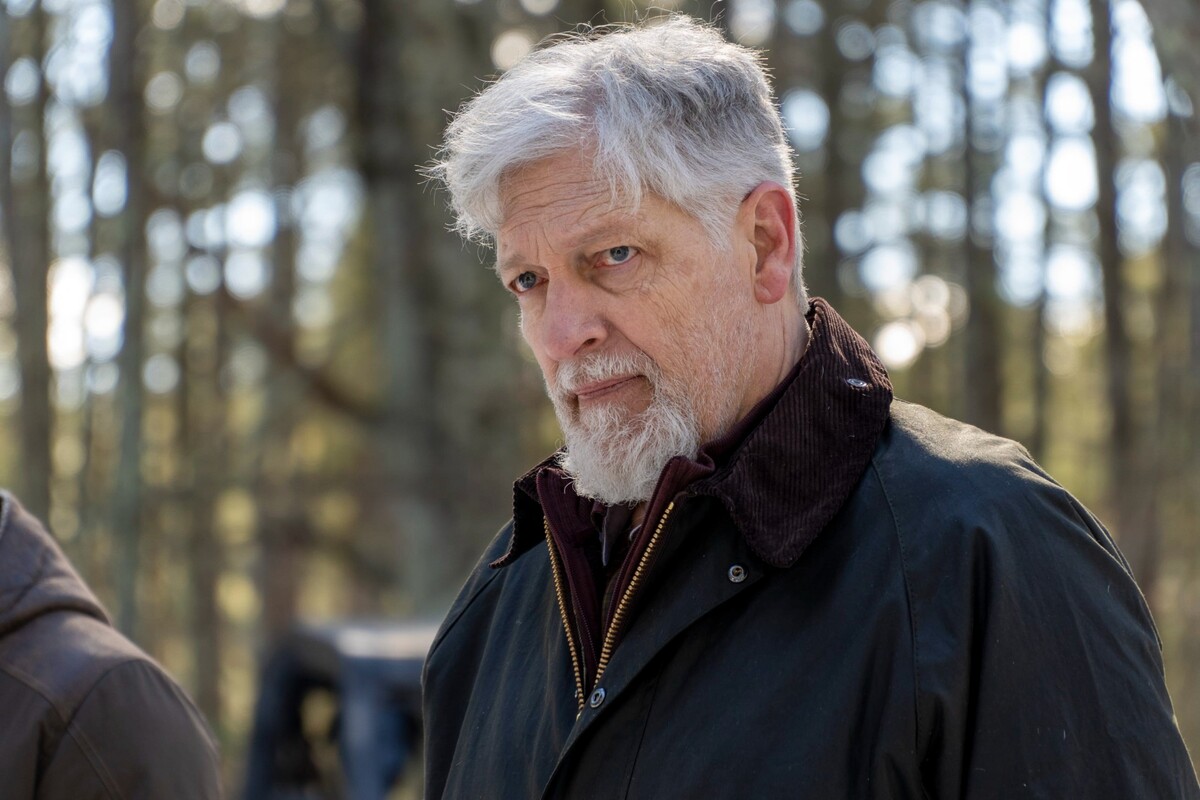
Robert Hansen's victims were mostly refugees who came to Alaska for a better future. The fictional killer overlaps with Hansen's love of hunting animals and women, which is how the serial nickname Runaway Killer came to life. The screenwriters refer to it with the main song Runaway by Del Shannon, the killer's favorite song in the story.
The main difference is their motive. Robert Hansen was highly sexually motivated, Kurt Caldwell avoided sexual abuse in the series. The screenwriters pointed to this difference with one of the imprisoned women, who thought she'd be able to escape if she undressed on camera in front of the killer. However, this only infuriated him. Caldwell also differs from Hansen in embalming his victims.
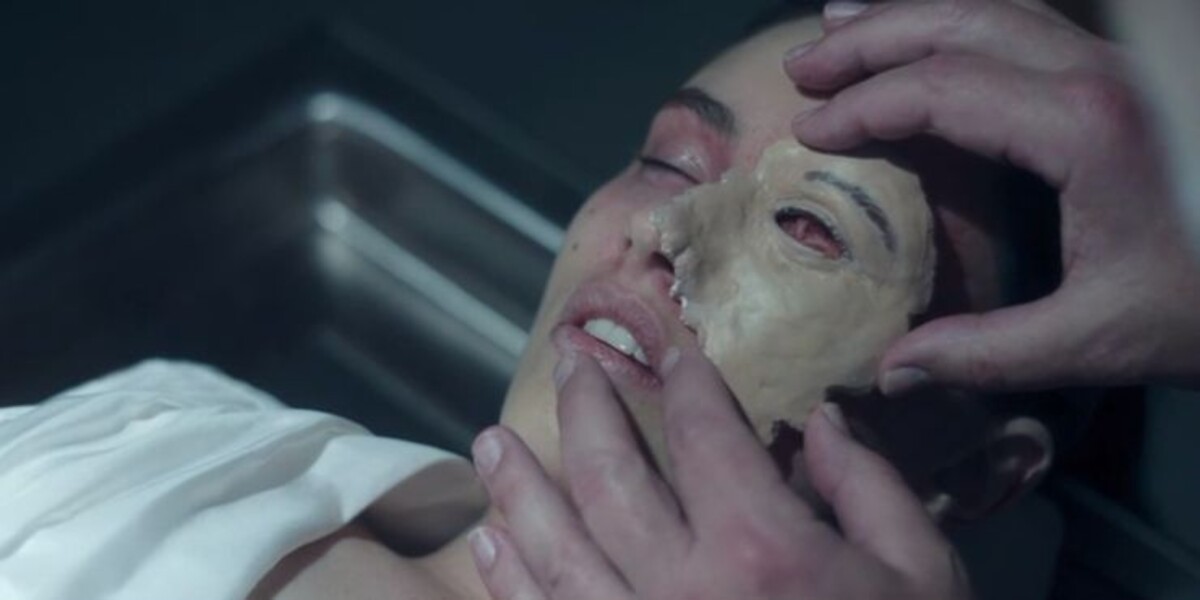
However, the similarity is quite evident regardless. For example, in the character of the murdered Iris, identified in the series by her bracelet. The creators evidently referred to Eklutna Annie, who wore a similar bracelet at the time of the murder. Iris tried to escape from the killer's car like the real victim. Robert Hansen stabbed her with a knife, and Kurt Cardwell shot her character in the series.
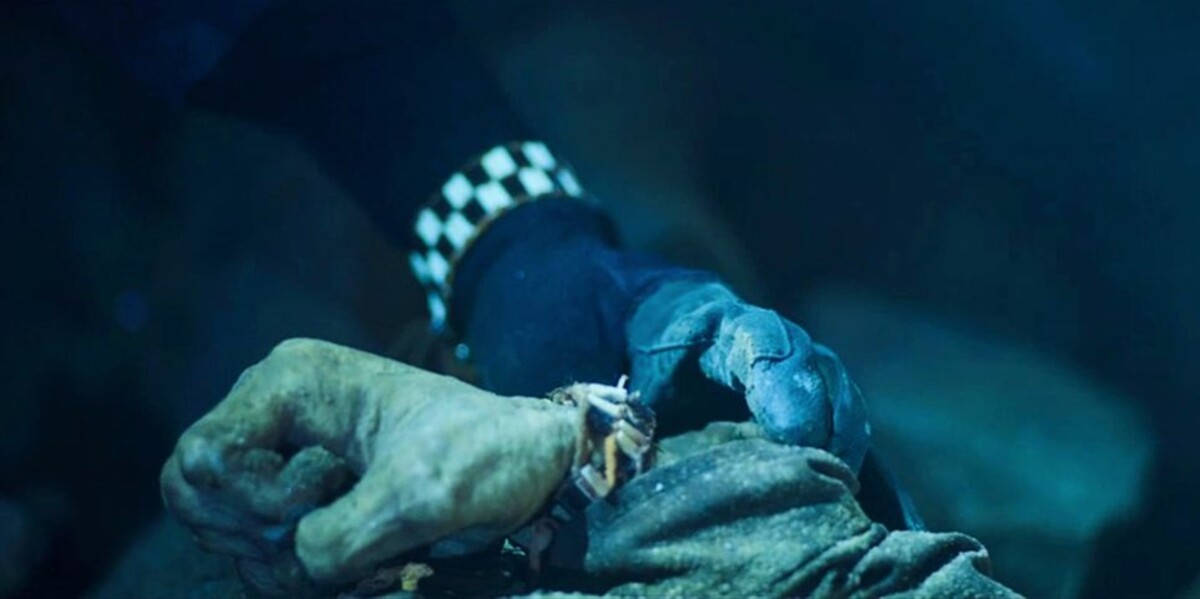
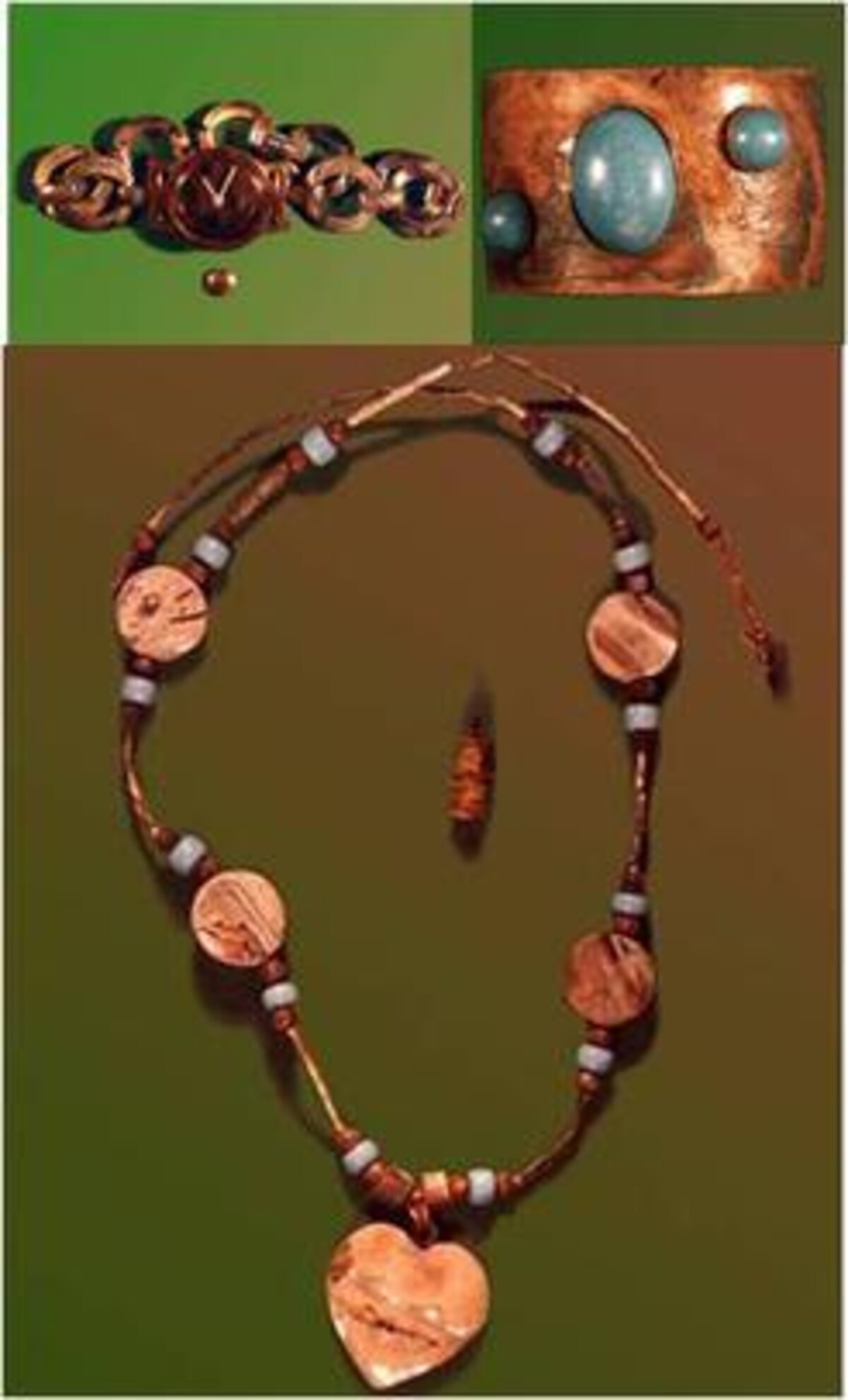
Convicted of only four murders
After gathering sufficient evidence, investigators began hearing Robert Hansen in 1983. Prosecutor Frank Rotschild told Fox News that he was surprised by his unimpressive appearance. He was said to be a small, moderate guy. However, when he was angry during his resignation, he blushed and shouted at everyone. At the beginning of the interrogation, he tried to deny all accusations. He admitted the truth under the weight of evidence and a broken alibi.
Robert Hansen confessed to the police that he had killed 17 women in about 12 years and raped almost twice as many. However, according to the agreement, he was convicted of only four murders. Investigators estimate that he may have killed more than 20 women in total. After the conviction, Robert Hansen and his wife divorced, sold the house, and she left with the children.
He has made his way through several prisons over the years and ended up at the Spring Creek Correctional Center in Alaska with maximum supervision, where he spent most of his life sentence.
Eventually, he worked behind bars as a prison barber and died in 2014 at 75. "World is better without him. On this day we should only remember his many victims and all of their families, and my heart goes out to all of them," Anchorage Daily News quotes Glenn Floth, a former police officer who worked on the Butcher Baker case.

If problems persis, please contact administrator.


